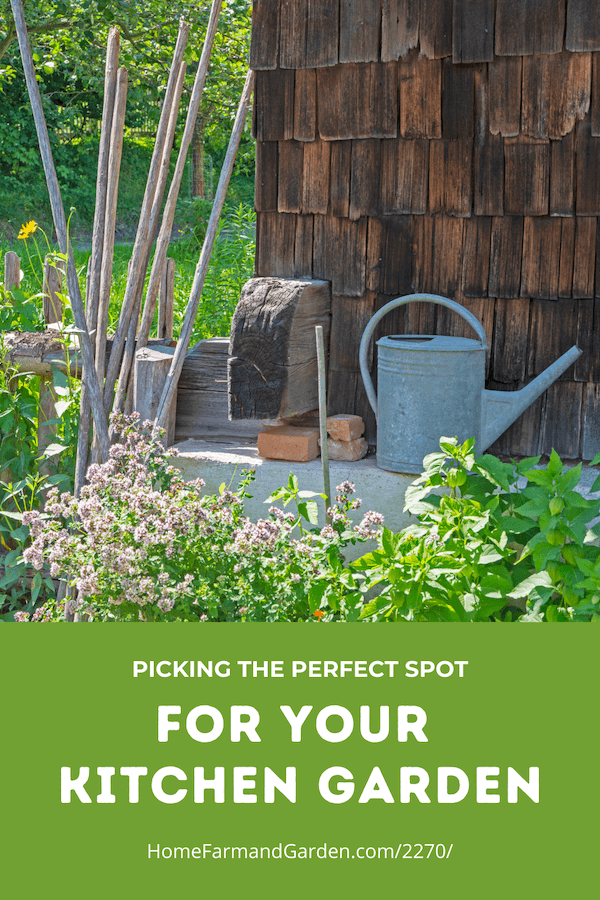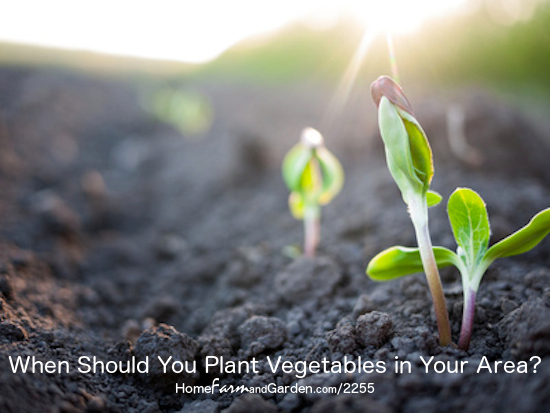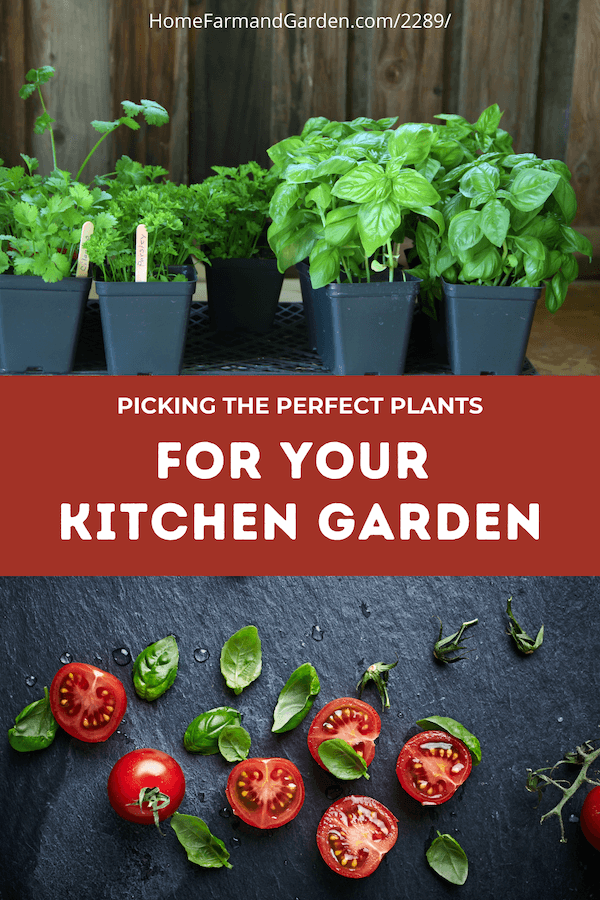When we moved into our house, choosing the ideal spot for the main vegetable garden was pretty easy – mainly because so much of our available land had to be devoted to the horses.
Still, it ended up in a nice sunny spot with close proximity to the garden shed and a water faucet.
In other words, it works. But… it’s not exactly convenient for quick trips in the middle of dinner if whatever I’m cooking needs a little “something something” to pull it all together.
The solution? A smaller kitchen garden or “potager” (pronounced puh-ta-zhay).

Over the next several days, we’ll talk about how to plan and create your own perfect potager… one step at a time. But first, let’s talk about what a kitchen garden is, exactly.
What is a Potager?
A potager is a special kind of edible garden with a rich history tracing back to old English and French culinary gardens. Much like a traditional vegetable garden, a kitchen garden is filled with delicious fruits, vegetables, herbs and edible flowers. For those who love to cook, a kitchen garden is a celebration of fresh ingredients and delicious home cooked meals.
Both kitchen and traditional vegetable gardens offer a sense of satisfaction coupled with tangible rewards for a job well done. There are some important differences between the two, however…
For starters, a kitchen garden is all about convenience. One of the main characteristics of a kitchen garden is accessibility. It should be easy to grab the items you need quickly while you are cooking.
Therefore, a potager should be located as close to your food preparation area as possible.
Imagine you are in the middle of preparing dinner when you suddenly realize “this salsa could use a little more cilantro.” Rather than trek out to your main vegetable garden while you have pots simmering on the stove, wouldn’t you rather be able to reach right outside your door to snip a few leaves?
With a kitchen garden, the easier it is to grab what you need while you are cooking, the better.
In addition to proximity to your food prep area, the location you choose should also take into consideration the kind of environment your plants prefer. Ideally, you should choose a sunny location that receives at least 6 hours of direct sunlight per day. If you live in a really hot climate, you may find a bit of afternoon shade is nice to have, as well.
Also, you’ll want to make sure the location you choose has easy access to water. You definitely don’t want to drag a heavy garden hose around the house or carry buckets of water in order to keep your plants hydrated. Your kitchen garden should be about making your life easier, not more difficult. 🙂
With a little planning, a kitchen garden can make it a lot easier to incorporate more fresh fruits, vegetables and herbs into your diet. Tomorrow, we’ll talk about how to pick the right plants for your potager.
Til Next Time,

PS Let’s keep in touch! Use the form below to get articles like this one delivered right to your inbox!
 When Should You Plant Vegetables in Your Area?
When Should You Plant Vegetables in Your Area?